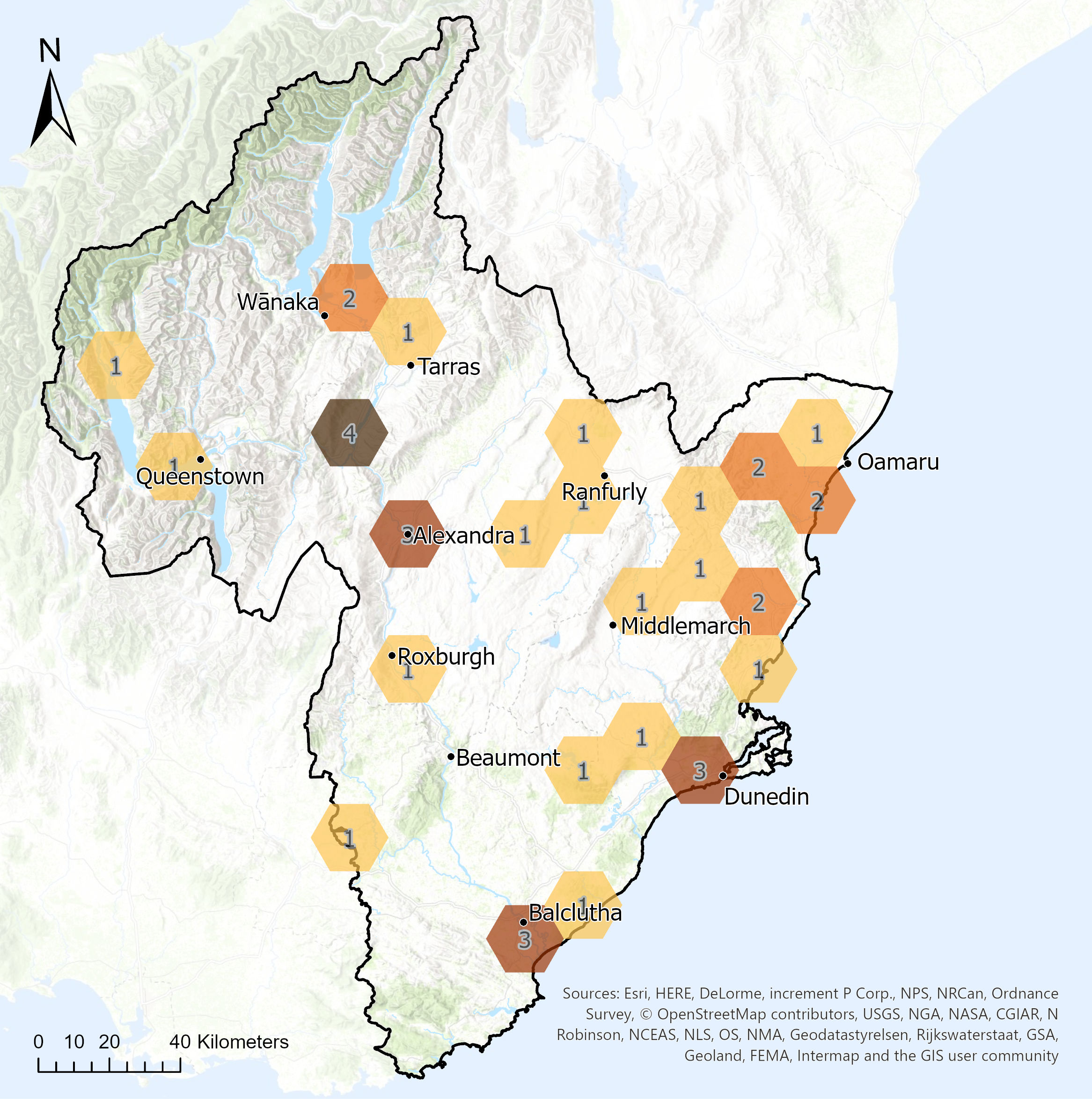-
-
-
-
-
Soil health monitoring
-
-
-
-
-
-
-
-
-
-
-
-
-
-
-
Soil health is the continued capacity of a soil to function as a vital, living ecosystem that sustains plants, animals, and humans [1]
We rely on three main soil functions:
- Food and fibre growing – soil is the anchor for plants, providing nutrients and water.
- Environmental cycling – soil controls water movement, purifies contaminants, and exchanges atmospheric gases.
- Habitat for life – soil is home to more than half of all species on the planet.
Preserving soil and its health is important because it is critical for our survival and can be degraded or lost. As soil is lost or degraded faster than it forms, it is generally considered to be a non-renewable resource over human timescales [2].
Soil health is strongly affected by how it is managed, and it can be difficult or even impossible to reverse any loss of functions. Monitoring soil to understand when it is at risk and needs protection helps to safeguard this key resource.
If you would like to assess the soil of your own land, you can use the Landcare Research Visual Soil Assessment to assess your soil health using simple field-based tests. This is a great tool that was developed in Aotearoa New Zealand for farmers.

This is a national long-term monitoring programme of the soil resource to ensure it can continue to provide for us and generations to come. It is intended as a ‘warning system’ to identify key areas and soils at risk. The programme is run in parallel with other Regional Authorities across the country following the same methodology [3, 4]. The requirement to monitor and report on soils is set out in the Resource Management Act (1991). The collected information is reported for regional and national evidence-based decision-making.
Locations across Otago were chosen to represent the different soil orders, land uses and other characteristics of our region (climate, geology, slope, elevation, vegetation cover). These locations are re-visited every five years to track changes over time.
The best way to measure soil health is debated and depends on the perspective, so assessing it in one test is almost impossible. Several tests are usually needed to get an overall indication of the health of soil. At each location, soil samples are taken to test for seven soil indicators and whether they meet the target ranges set in the National Environmental Monitoring Standard [4].

The core soil health indicators used in the programme and what they mean.
|
Soil indicator |
What it measures |
What it tells us |
|
Bulk density |
Density of the soil |
A high bulk density relates to the compaction of soil, which can limit plants’ access to water and nutrients and increase surface water run-off. A low density means the soil will be loose and is more susceptible to erosion. |
|
Macroporosity |
Amount of large pore spaces between soil particles |
Large soil pores allow space for air and water transport through the soil, which is important for plant growth, drainage and aeration. |
|
pH |
Soil acidity or alkalinity |
Dictates the availability of nutrients and the nature of chemical reactions taking place. There is no ‘'correct’' pH as plants are adapted to different pH levels. Soil can naturally acidify over time, but fertilisers also lower the pH. A very low pH can increase the bioavailability of toxic ions to plant roots. |
|
Organic carbon (C) |
Amount of C derived from (once) living things |
An important energy source for soil micro-organisms involved in nutrient cycling and main component in organic matter. It is a good indicator for biological activity, fertility and water and nutrient retention. |
|
Total nitrogen (N) |
Organic and plant-available inorganic N |
N is the most commonly limiting nutrient. Total N gives an indication of the N status of the soil. Inorganic N (e.g. urea) is accessible to plants for uptake, and organic N (e.g. proteins) can be converted into this by micro-organisms decomposing organic matter. |
|
Anaerobically mineralisable nitrogen (N) |
Amount of N that micro-organisms can convert into a plant accessible form |
Indicates how much N may become available to plants in the soil in the long term (i.e., organic N reserves), and is an indicator for micro-organism biomass. |
|
Olsen-available phosphorus (P) |
Plant available inorganic P |
P is commonly the second most limiting nutrient to plant growth. Low P levels are likely to be limiting plant growth, and high P levels increase the risk of P loss to waterways, which can impact water quality. |
In addition to the above indicators, we measure potentially toxic trace elements (arsenic, cadmium, chromium, copper, lead, nickel and zinc) to monitor their prevalence and trends in soil contamination. We are also trialling biological indicators to assess the biological soil health more directly.

The programme in Otago is expanding to capture more soil and land use types. If you are interested in being involved in the programme or have any questions, send us a message at science.enquiries@orc.govt.nz.
[1] Doran, J.W. and Zeiss, M.R., (2000). Soil health and sustainability: managing the biotic component of soil quality. Applied Soil Ecology, 15, 3-11.
[2] Lal, R., 2015. Restoring soil quality to mitigate soil degradation. Sustainability, 7, 5875-5895.
[3] Land Monitoring Forum, 2009. Land and Soil Monitoring: A guide for SoE and regional council reporting. Land Monitoring Forum, New Zealand.
[4] National Environmental Monitoring Standard, 2022. Soil Quality and Trace Elements. Sampling, Measuring, and Managing Soil Quality and Trace Element Data. Version 1.0.0.
